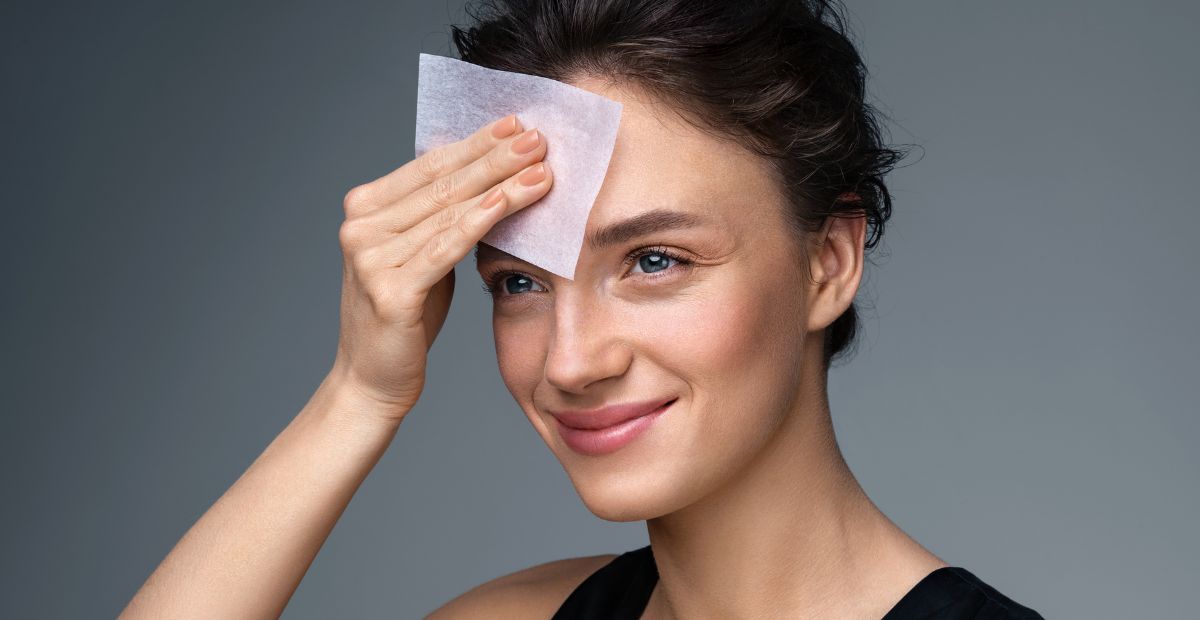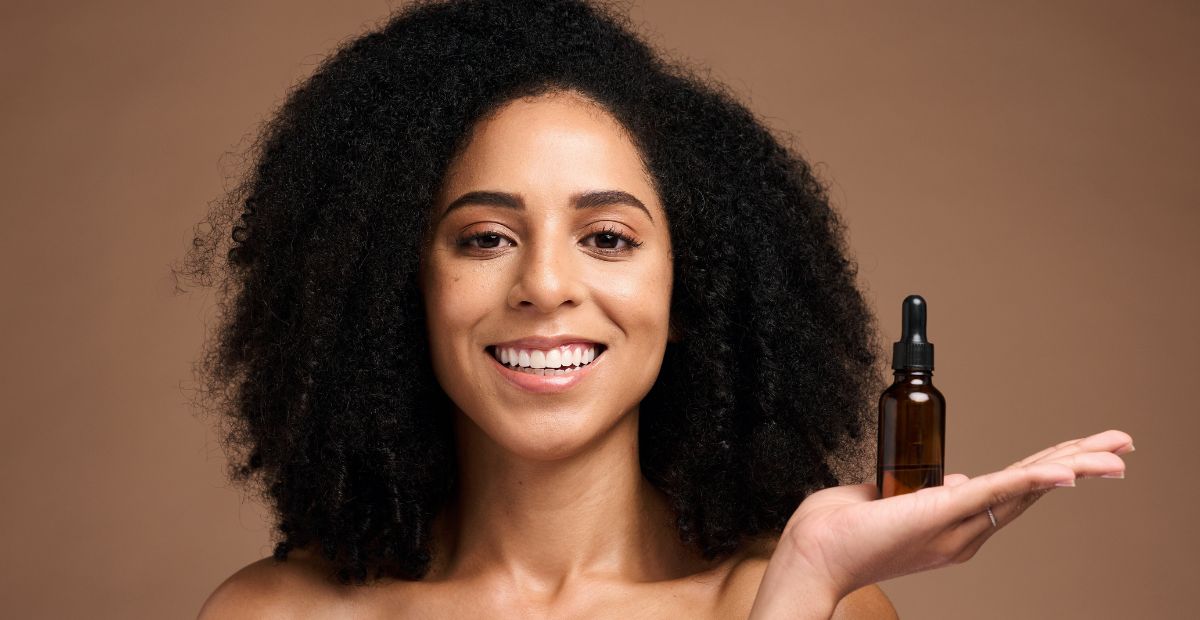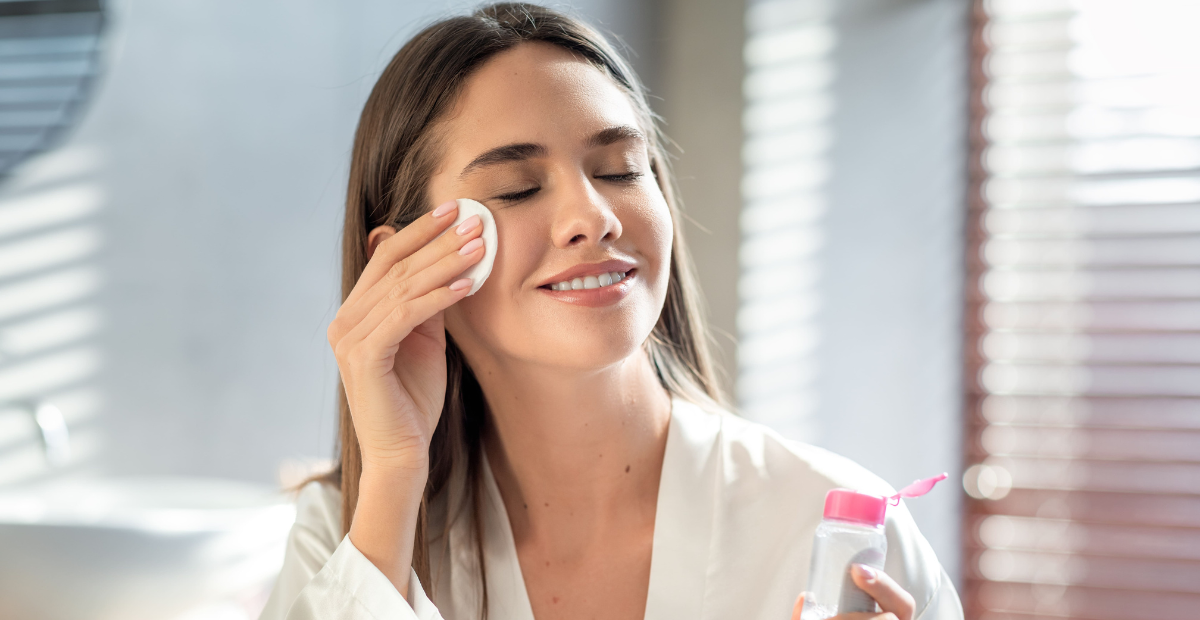Top Dos and Don’ts for Managing Rosacea
Onskin Content Team
Your guides through the skincare chaos

Rosacea affects 400 million people worldwide, and 16 million in the US alone, the effects ranging from mildly annoying to downright debilitating. Yet, despite there being no cure, loads of people with rosacea manage just fine and don’t look like they have rosacea at all. How do they pull that one off? Simple formula: they don’t despair, are patient, and learn what works for their skin and not against it. And so can you! In this post, we’ll go over the main dos and don’ts for dealing with rosacea. Let’s dive in!
Rosacea Don’ts
There are certain things that people with rosacea should steer clear of at all times. Here are some major DONT’S of rosacea:
Rub and Scrub
Rosacea-prone skin is delicate and sensitive enough without people trying to peel it off and disturb it even more. Don’t rub your face with anything. Use your fingertips while cleansing and when drying don’t rub it with a towel but pat it gently. Other things to avoid would be:
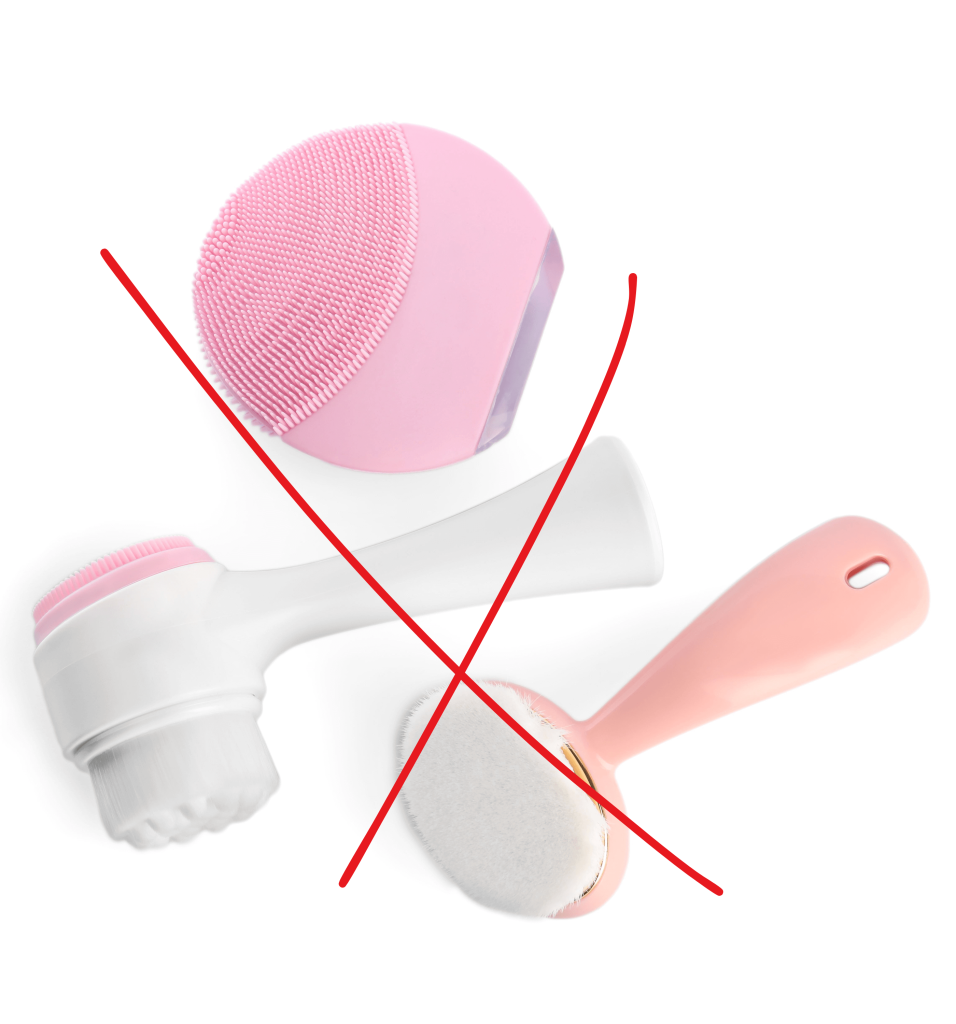
- facial brushes,
- harsh facial cloths,
- any kinds of mechanical scrubs.
Overcleanse Your Face
Rosacea skin has an impaired skin barrier which creates a vicious cycle: the skin barrier doesn’t function properly, more stuff penetrates the skin and exacerbates inflammation, which disrupts the skin barrier even further causing even more stuff to penetrate the skin.
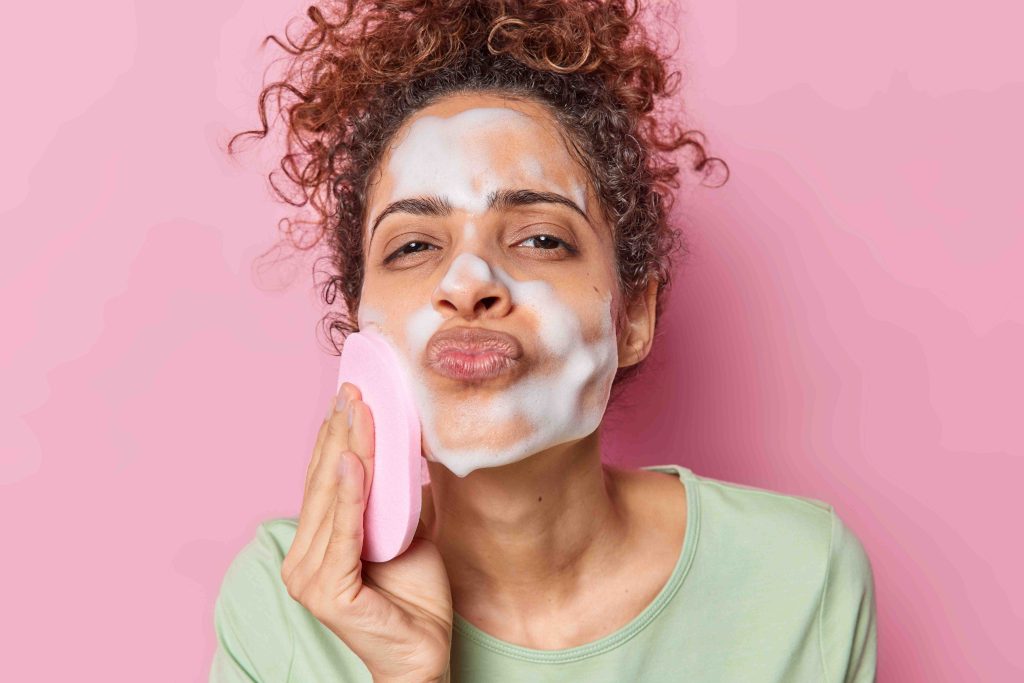
When we wash our face with a cleanser, we inevitably remove some good oils, proteins, and natural moisturizers which weakens the skin barrier. A lot of rosacea patients see improvements in their symptoms when they start cleansing once a day instead of two. This strategy might not be for everyone but is definitely worth trying.
Use Products with Fragrance
Fragrance in products is a good thing to avoid in general because it serves no practical purpose and is only there to make the product more costly for us and the environment. But for people with rosacea, it’s crucial to avoid fragrance because:
- You don’t know what they put in there, as brands have no legal obligation to disclose what they use as fragrance;
- A lot of fragrance components cause blood vessels to dilate which will make the redness worse;
- Rosacea-prone skin is more prone to allergies and irritation than any other and fragrance is notorious for being the culprit in both.
Rosacea Dos
Now to the dos. We guarantee that if you manage to do at least some of these dos consistently, your skin will thank you!
Use Sun Protection Meticulously
Well, duh, you might think, such groundbreaking advice. Surely, most know that sunscreen is important. What most might not know is that UVB rays promote angiogenesis meaning they cause our blood vessels to grow bigger and branch out. Those who are curious about the exact mechanism can read this article.
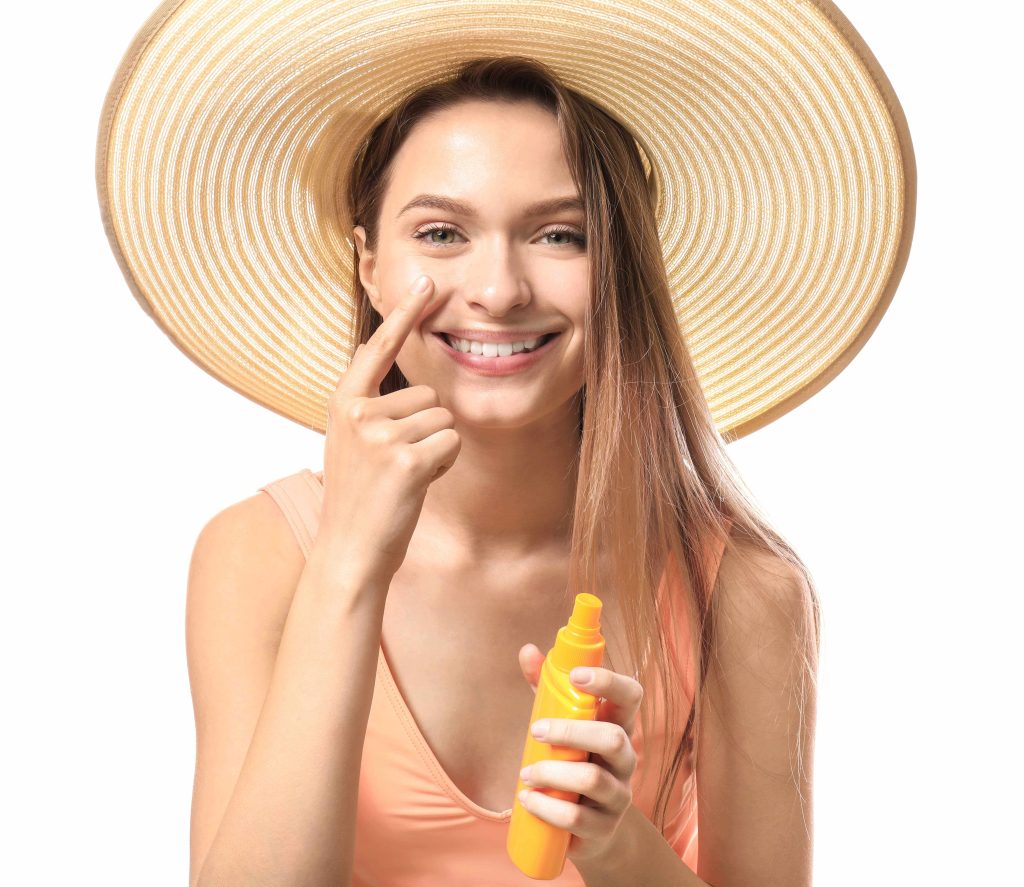
For the rest, it’s enough to say that UV radiation will create more blood vessels in your face which is the opposite of what we want with rosacea. The majority of people who experience rosacea find that the redness goes down tenfold if they start putting on SPF50 daily.
Use a Mild Cleanser
Multiple clinical studies have shown improvements in rosacea-prone skin after switching patients to mild cleansers. What defines a mild cleanser? It doesn’t contain sodium lauryl sulfate, parabens, mechanic scrub, or fragrance, and has a pH of around 4.5 to 5.5.
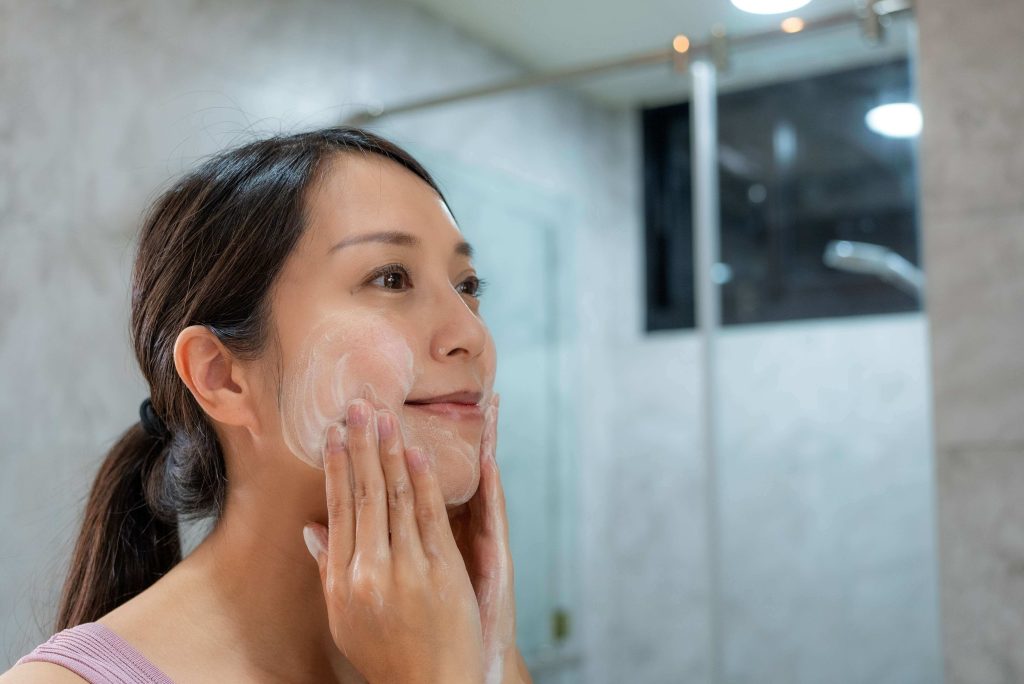
If you’re not a fan of reading ingredient lists on the labels, use a tech helper like OnSkin. It’s an ingredient scanner app that will warn you if there are parabens or SLS in the product—all you have to do is scan the barcode or snap a picture of the bottle.
Moisturize Consistently
As we talked about before, rosacea often comes with a weakened skin barrier. This means the skin lets more stuff in and allows more water out than it should. Because of this, people with rosacea should moisturize more often. Many find that moisturizing several times a day not only reduces the redness but also feels soothing.
There’s also a theory that moisturizing could help with rosacea for another reason. Rosacea is often linked to the Demodex mite—a tiny bug that normally lives on our skin but might cause inflammation in skin with rosacea because of its hyperactive immune system. Moisturizers form a film to trap the moisture which suffocates the mites and reduces their population. Dimethicone and its derivatives are especially good at this. Although this theory hasn’t been proven in studies yet, it’s a promising tactic to try.
Use Tech Assistance

You know the times we live in—there’s an app for everything! And yes, there is one for rosacea too. It has a telling name The Rosacea app and it can help you track down things that cause your flare-ups, keep an eye on the weather, and form good rosacea habits. If you haven’t yet, be sure to check it out!
Another great tech helper is the ingredient scanner OnSkin which can help you break down ingredients warning you of anything potentially irritating and recommending better alternatives. Plus, it has an AI Dermatologist feature which is the next best thing if you can’t talk to a human counterpart.
Manage Your Rosacea Triggers Like a Pro
Finally, the most impactful thing you can do to get your rosacea under control is to know and eliminate your triggers. Eliminating just one can be transformative! It’s easier said than done, of course.
Mitigate those you can’t avoid
Take the Sun and wind, for example: what are we supposed to do—put ourselves in a box of styrofoam peanuts and never cross the doorstep? Of course not! Yes, it’s impossible to avoid some triggers completely but we can mitigate them. Using sunscreen in addition to a wide-brim hat when it’s sunny or a balaclava if you’re skiing on a bright winter day is a great way to enjoy the outdoors without getting a flare-up later.
Reconsider the value some triggers have in your life
Alcohol is the next most common trigger and having rosacea is an extra reason to consider how badly you need it in your life—maybe it’s the one trigger you can cut down on or steer clear of completely to score benefits above and beyond even skin tone. Spicy food falls in this category too: try to assess whether a spicy meal is worth a flare-up.
We hope these Dos and Don’ts will help you understand and manage rosacea better. If you’re new to dealing with rosacea or questioning if you have it, be sure to check out this post which explains what rosacea is and how to spot the signs. Good luck on your journey—you’ve got this!
FAQ
-
Where do I start with OnSkin?
Download the app and think of a product you’d like to know more about. Then, go to the main screen and choose how you’d like to get the info —by manually looking it up in the search bar, by scanning its barcode, or by simply taking a picture of the packaging. Once you’ve done any of these, you can see how safe the product is and if it suits your skin or hair (if this analysis is available).
-
What is Safety Rating, and how is it calculated?
In OnSkin, we base product rates on ingredients. Each is closely studied by our medical team and then evaluated. This way, each product gets a score from 0 to 100, with 100 as the safest level.
Safety Levels
- Excellent (76–100)
- Good (51–75)
- Not great (26–50)
- Bad (0–25)
These scores are backed by the latest scientific studies. You can find links to the resources we’ve used on each ingredient page. To assess the safety of product ingredients, we evaluate them according to the following parameters/criteria
- Endocrine disruption risk / Reproductive toxicity
Indicates the probability of mimicking, blocking, or interfering with the body hormones.
- Сarcinogenicity
Measures the potential risk of inducing cancer.
- Allergy risk
Estimates the probability of an allergic reaction.
- High concentration alert
Determines the risk of being unsafe in certain amounts.
-
What is Skin Match?
Based on the info you input about your skin type, age, skin care goal, and other “settings,” OnSkin checks how well a product is tailored to your unique skin needs — it’s basically like a dermatologist helping you find the right products, minus the fees and the long wait. The product you’re checking might be labeled as It’s a match!, Hit-or-miss, or Not a match for you. The app also detects ingredient groups such as Anti-acne, Anti-inflammatory, Moisturizes, May be drying, Comedogenic, and others — by tapping one, you see exactly what ingredients from this or that group are in the product.
-
I seem to have a problem with using the app. Who should I contact?
Please reach out to us at [email protected], and we’ll carefully look into your issue. Your ideas for improving the app are also very welcome!
-
Do you have an Android version?
Not yet! Hey Android users, we hear you, and we're thinking about making an Android version, but we haven't started the development yet.
Tracker Sent!
It’s on the way to your inbox.


